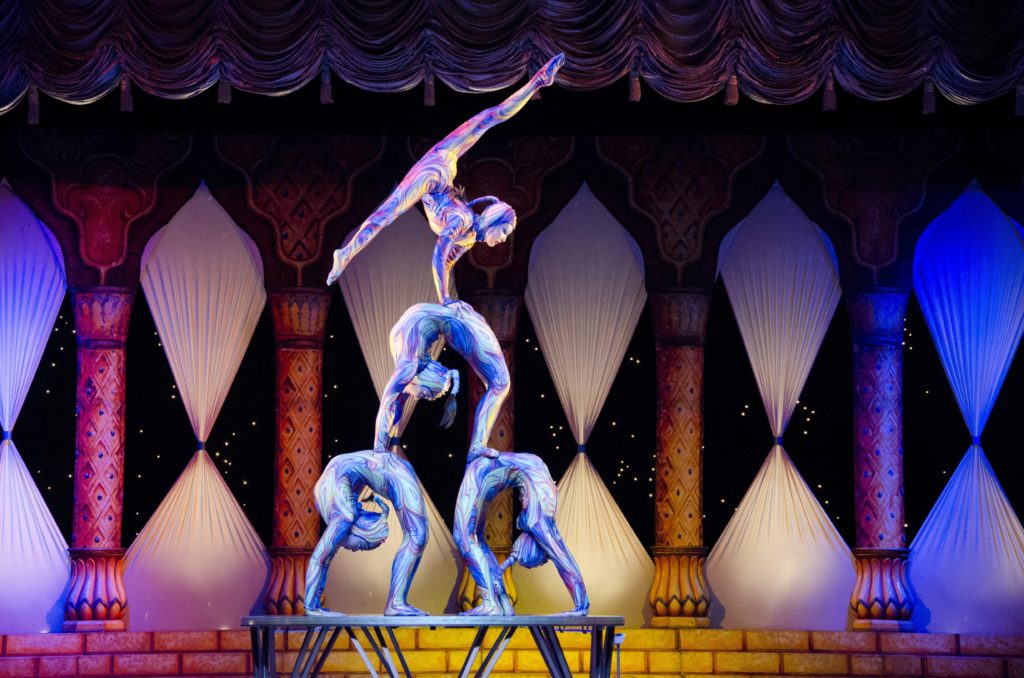
By Nicole Flannigan
Originally written for Compass Education Group
The circus often brings to mind familiar images of red and white tents, lion tamers, and elephants. However, for the past few decades, the most successful circus organization in the world has employed none of these tropes. Cirque du Soleil combines the circus arts with illusions and stagecraft more frequently seen on a Broadway stage than under a circus tent. The troupe’s shows don’t take place under a traditional big top, and they don’t use animals; instead, performances rely on acrobatics, innovative lighting, and original music to thrill audiences.
Despite its runaway success, Cirque’s origins were humble. The troupe was founded in Quebec, Canada by Gilles Ste-Croix and Guy Laliberté. For a time, the group existed as a loose collective of jugglers, dancers, clowns, fire breathers, and stilt walkers who worked in the small village of Baie St. Paul. In 1984, Quebec celebrated the 450th anniversary of Jacques Cartier’s claiming of Canada for France, and Laliberté saw an opportunity to take the troupe on tour. He created a show in honor of the anniversary and called it “Cirque du Soleil” (“circus of the sun”).
By 1987, Cirque du Soleil was playing the opening night of the Los Angeles Festival. Though the Quebec performances gave Laliberté and Ste-Croix the confidence to bring their show to international audiences, the troupe’s success was far from assured. As Laliberté told the Los Angeles Times in 1989, “If the critics didn’t like us, we wouldn’t have had the money to put gas in the trucks and get home. We were gambling our whole circus on a one-night deal.” Luckily, the gamble paid off spectacularly. The Los Angeles shows sold out, and the troupe began its stratospheric rise.
Today—almost 35 years after its inception—Cirque du Soleil has grown into a worldwide phenomenon. The company now produces over 20 shows on multiple continents, entrancing audiences from Las Vegas to Bangkok. All the while, the troupe continues to reinvent the meaning of “circus.” Recent projects have included an interactive football exhibit in Times Square and “Crystal,” its first show on ice. Not bad for a ragtag group of street performers worried about gas money.